Over the years, React, a JavaScript library designed for constructing user interfaces, has undergone substantial development and growth.
With every subsequent update, React incorporates enhancements and optimal approaches, enhancing its efficiency, maintainability, and overall power.
You've embarked on a React journey, creating several apps along the way. Perhaps you've honed your skills and are becoming proficient. However, the desire to go beyond mere proficiency lingers, doesn't it?
To remain at the forefront and enhance your proficiency in React, we present 15 optimal strategies that will assist you in constructing React applications that are not only superior in performance but also more manageable and maintainable.
Rest assured, we'll simplify the concepts with ample examples. 😎
📌 Functional Components Over Class Components
React has consistently advocated for using functional components and is now the moment to adopt them wholeheartedly.
They are more readable, writable, and testable. Now, let's examine the distinctions:
Functional components offer greater conciseness, and when combined with React Hooks, they exhibit adept handling of both state and side effects.
📌 Use React Fragments for Cleaner JSX
At times, you may prefer to avoid introducing unnecessary <div> elements in your JSX solely for structural purposes.
React Fragments prove useful in such situations:
React Fragments enable you to group several elements without introducing additional nodes to the DOM.
📌 Key Props for Lists
Ensure that each item in a React list has a distinct key prop assigned when rendering.
This aids React in efficiently refreshing the DOM when modifications occur in the list.
📌 Avoid Unnecessary Re-renders
Utilize the React.memo higher-order components or employ the useMemo hook to avoid unnecessary re-renders of your components.
📌 Use PropTypes or TypeScript
Embrace type-checking as a valuable ally. It not only detects bugs at an early stage but also enhances the resilience of your code.
You have the option to enhance type safety in your React components by employing PropTypes or TypeScript.
📌 Optimize Renders with shouldComponentUpdate
If you find it necessary to utilize class components, contemplate incorporating shouldComponentUpdate for enhancing rendering efficiency when there are modifications in props or state.
📌 Code Splitting
Leverage React's built-in capabilities for code splitting to break down your code into smaller segments, thereby diminishing the time it takes for the initial loading process.
Employ React.lazy and Suspense to create a smooth and uninterrupted user experience.
📌 Destructure Props for Readability
Utilizing prop destructuring enhances the cleanliness and readability of your component code:
Keep an eye out for Part 2, coming soon! 👋🏻
Happy Coding! 🔥
LinkedIn
X (Twitter)
Telegram
YouTube
Discord
Facebook
Instagram


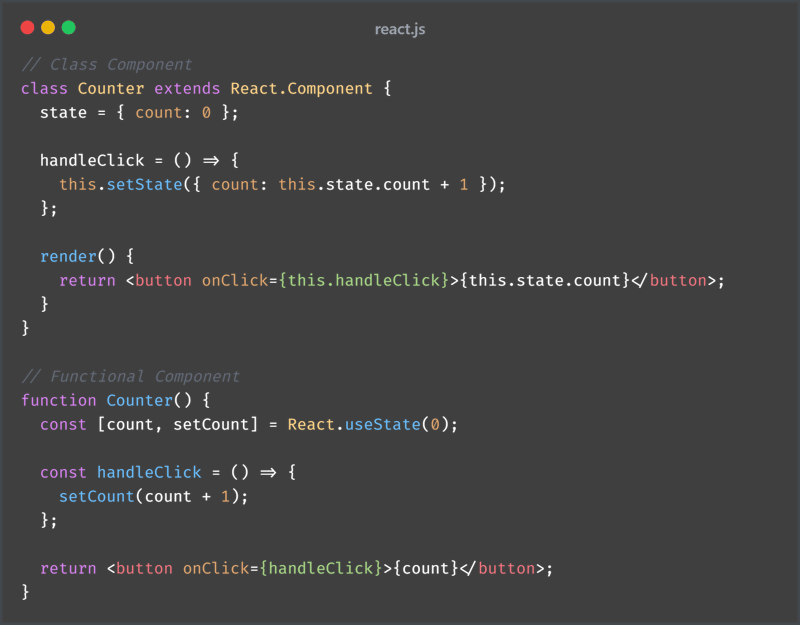
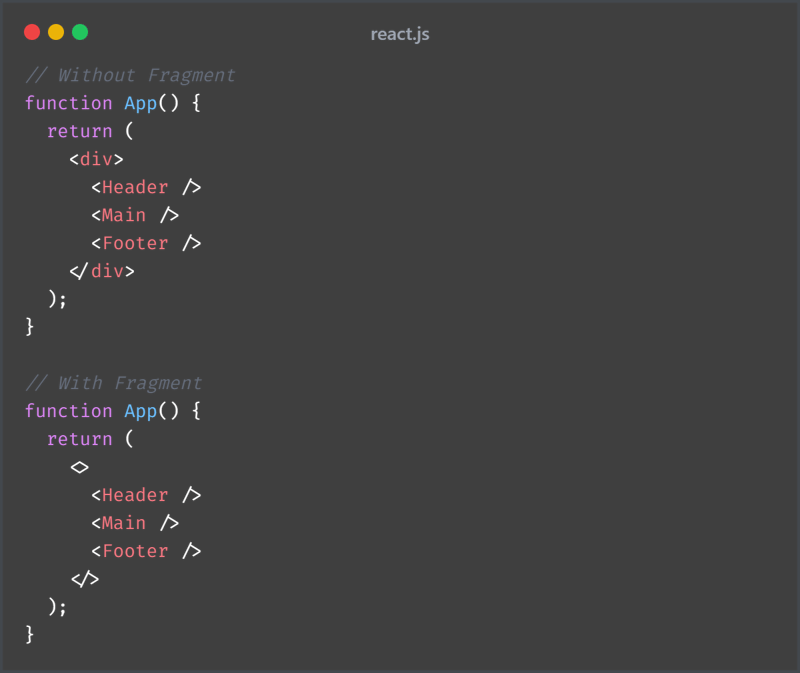
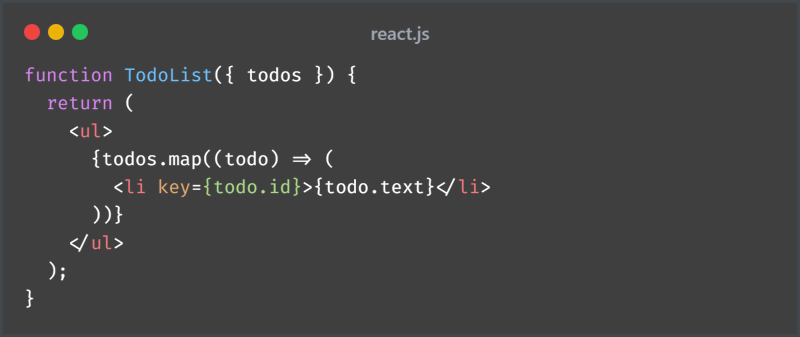
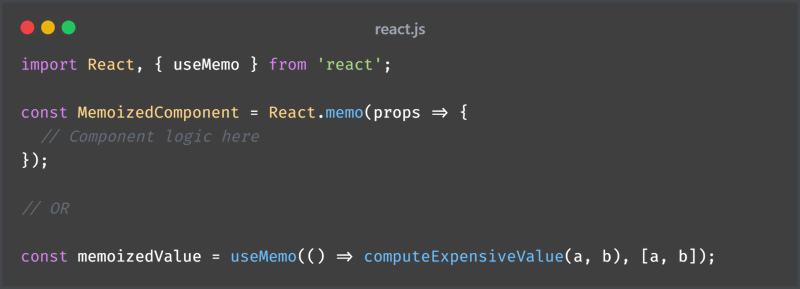
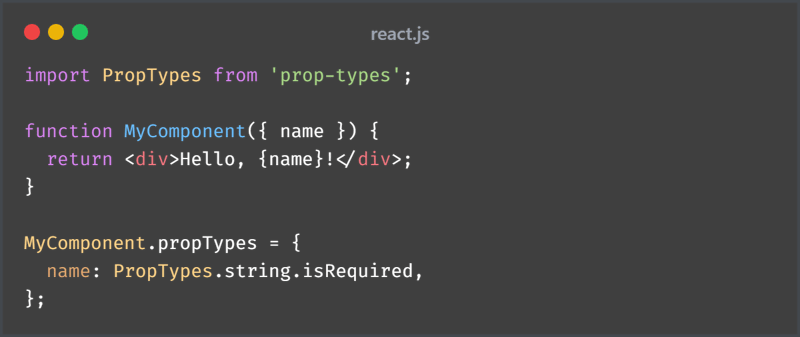


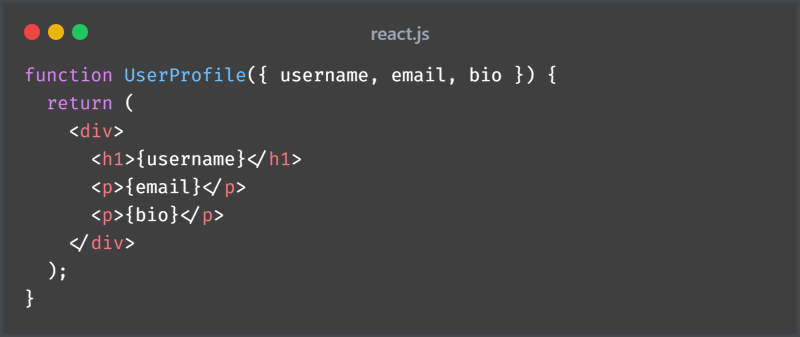





Top comments (0)